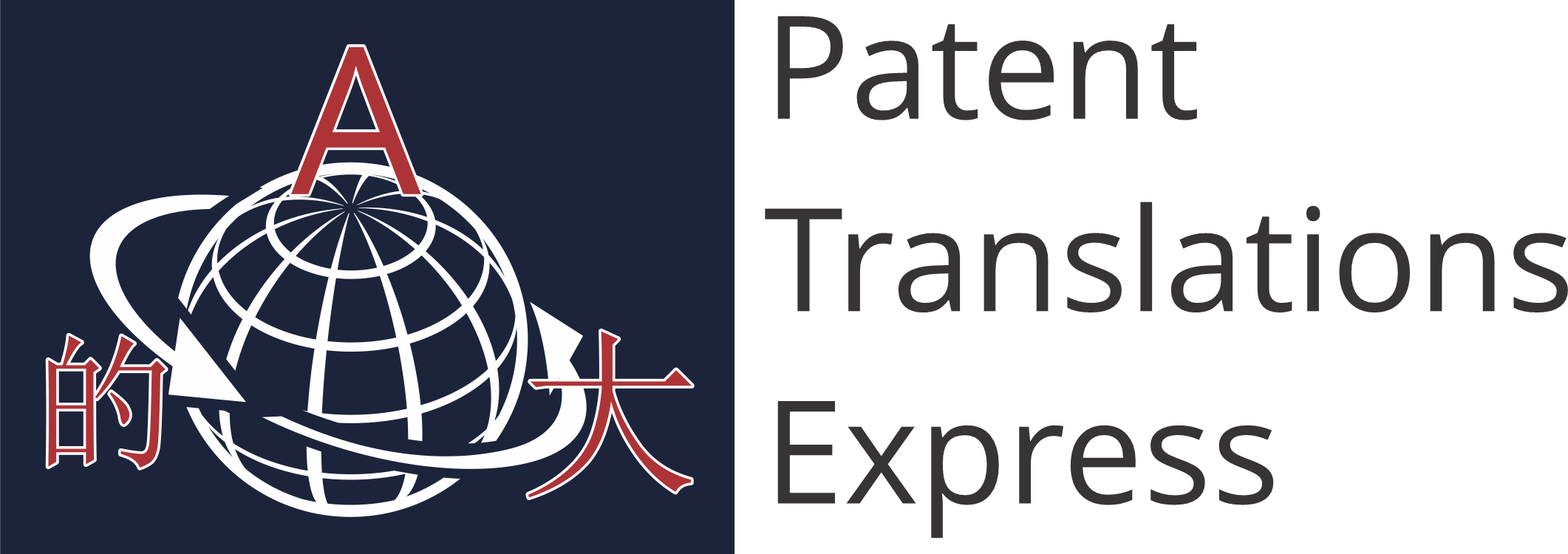Patent Technical Translation or non-literary translation refers to the translation performed on technical subject matters. Adding the word ‘technical’, with ‘translation’, increases its credibility and behind the scene efforts in the market. One must be entirely focused, experienced, and technical subject expert to perform this job; otherwise, any minute mistake can change the sense of the sentences and can create blunders for the world.
Any inconsistency in the translated material is difficult to digest and hence special focus must be given on to avoid such mistakes.
Also Read: Important Points to Consider while Doing Translation of Patents
Focus Areas
Here is a list of most important aspects that must be taken into consideration while trying to achieve a good quality of the translation.
- Incorporate professional team: Translations cannot be called as technical ones if they are not performed by a technical team of subject experts that holds experience in the field of translation and are familiar with the technical jargon in a really good manner. Since, understanding the subject will produce a good quality translation, whereas misunderstanding in technical aspects could change the sense of sentences. Therefore, a team must be created after proper analysis of individuals on the basis of their skills by taking a number of technical, subject-oriented, legal, and native speaking tests. Translators who pass these tests must also be made familiar with the content on ground basis, to make them more aware of the work, so as to avoid even the minute misconception of the work.
- Focus on organization: Organization is another important translation aspect, in which all the important files, documents, must be properly kept at one place and must be properly labeled. This will help the translators to refer any relevant documents and remember all the important dates, to make their work much organized and fast.
- Involvement of proper tools and technology: Facilitating translators by providing them with all the relevant sources of translation, whenever they want to refer, will help in avoiding human errors and will produce a better translation work. It is important to provide all the relevant sources or all which can be made available, such as glossary (to help them with brand names, key terms, terminologies, frequently used words, etc.), translation memory (to give them access to the database, through which they can get the idea of the source and the translated part at the same time), and style guide (to help them with the desired branding styles, guidelines, rules for font colors, sizes, logo placement, etc).
- Precise translation: It is better to stick to the point while producing good quality technical translations. Using clear sentences, language jargon, and technical terminology will produce concise and accurate sentences, which in turn will result in the best in quality technical translation.
- Quality Assurance Check: It is important to perform proofreading on the translated content, to check whether the translation is good enough in terms of technical, linguistic, and cosmetic (must bear formal appearance) aspects.
Also Read: Scientific And Technical Translation: Why So Complex?
Conclusion
Patent Translations Express (PTE) is the leading and most trusted partner for accurate patent translation services. Having translated numerous documents over the years for simple to most critical cases, we understand the importance of translation accuracy and subject matter expertise in each assignment. Accordingly, we engage only experienced language and subject matter experts, who have been translating patents and other associated documents in various technical domains for years.
For more details please do leave your details here or drop a mail to info@patenttranslationsexpress.com for any other service related queries.

